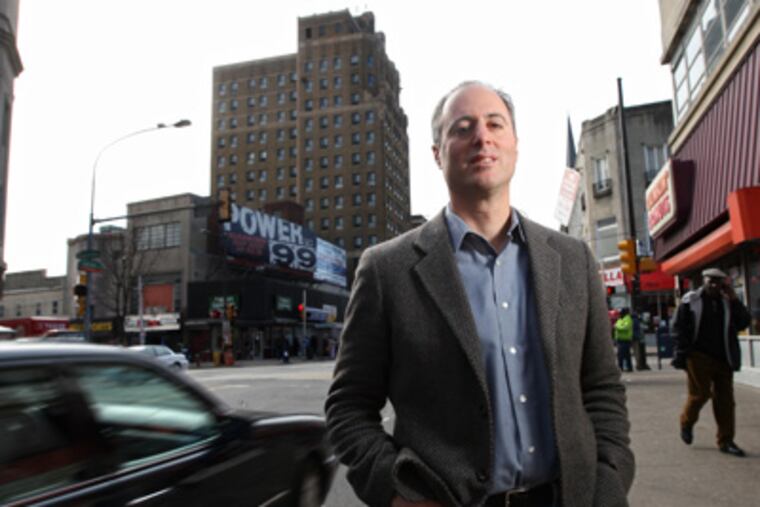
Is that the spirit of Philadelphia urban planning legend Edmund Bacon roaming the marble floors in City Hall?
With a growing number of policy moves and two key appointments, Mayor Nutter is taking aim at fixing the city's backward development planning process. In doing so, Nutter appears to be steering planning efforts in directions that recall Bacon's mid-century heyday.
The mayor brought in urban planning veteran Andrew Altman as his deputy for planning and commerce, and named as City Planning Commission chief an architect steeped in urban-design advocacy efforts. Nutter also embraced the desperately needed overhaul of the city's patchwork of zoning rules, for which developers have clamored.
The latest, most promising and possibly controversial initiative - a new design-review process for major projects - was unveiled Tuesday by Alan Greenberger, Planning Commission executive director.
For the first time, Greenberger would have an advisory panel of design experts review a development's aesthetics as well as how it would fit within its urban setting. The design-review process also would provide a public forum for the development community and civic groups to weigh in on major projects.
What a sea change that would represent from the past 20 years, where ad hoc design review has been conducted by . . . well, almost everyone but city planners. Civic associations could sign off on deals after consulting with developers, and City Council members had their say. These stakeholders had legitimate interests, but they were in no position to provide any design-review input.
The result: buildings that flank sidewalks with blank walls, big-box stores built on prime waterfront sites, condo towers designed with suburban-style setbacks that make them virtual gated communities.
In a forward-looking report early this year, the Delaware Valley Regional Planning Commission catalogued these faux pas and urged city officials to give design a higher priority, as many other cities are doing. Now, Nutter appears to be delivering on his pledge to make urban design a priority by revitalizing the long-dormant Planning Commission.
While details of the design-review effort are worked out, Greenberger says he'll seek feedback. That's smart, and it should be a sign that the design-review panel itself will operate in the open at all times.
One concern, of course, is that design review doesn't become just another layer of bureaucracy.
The panel's recommendations to the Planning Commission are advisory, so it cannot impose design changes on its own. That's one safeguard.
Another would be to require that design review be done according to strict timetables so that developers have the predictable process they need to move projects along. Of course, it's vital that the expert appointees to the design-review panel know their mission, and do not wield any personal or political axes.
In tandem with new zoning rules being drafted, the Planning Commission's advocacy for public design review of major developments should make for a better urban landscape.